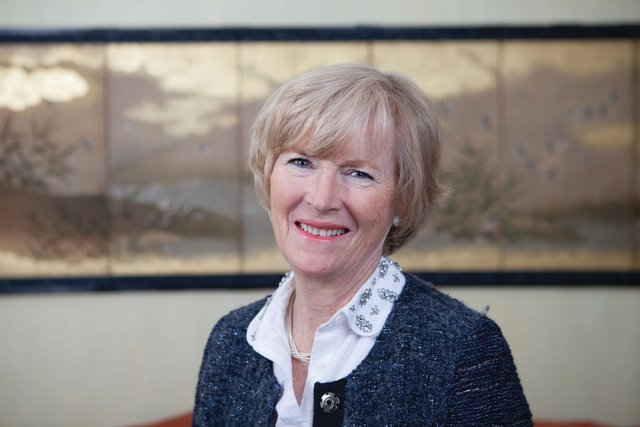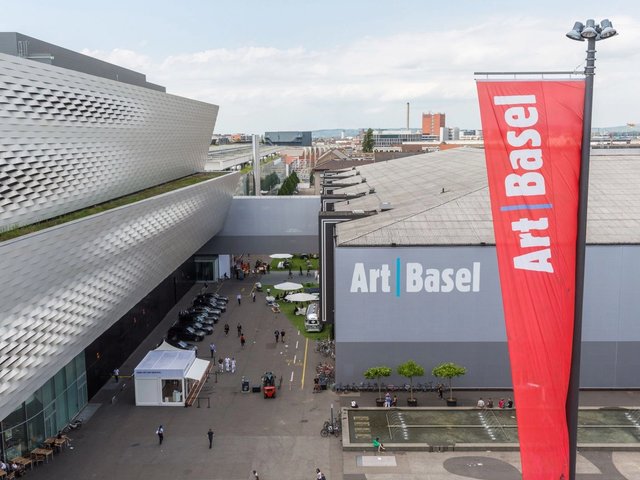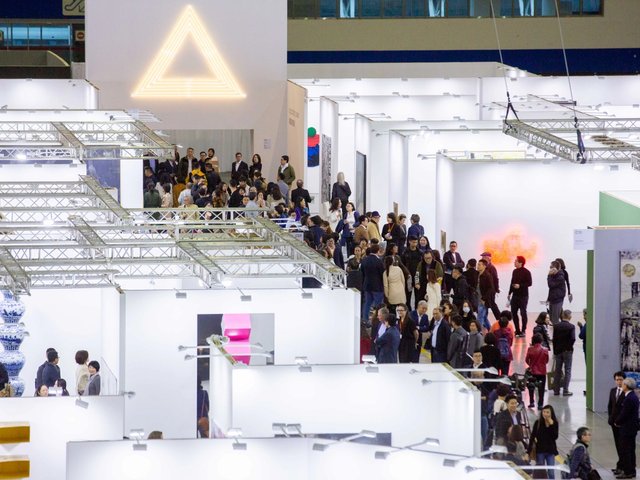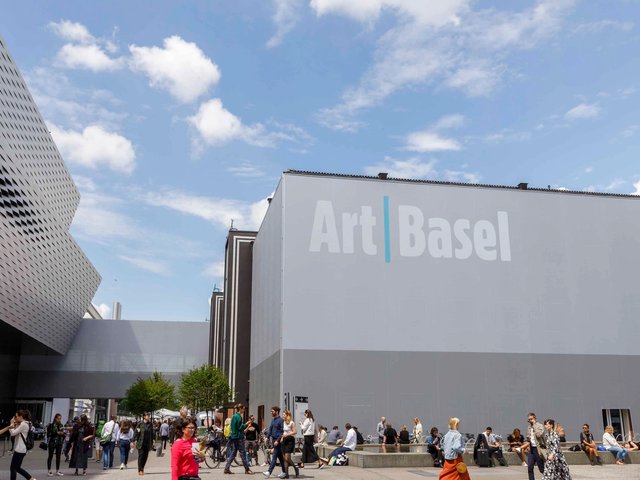The figures are in, and they are stark. Art fairs haemorrhaged exhibitors and visitors during the pandemic, with a punishing 67% drop in dealers for Frieze New York (to be fair, in a smaller venue) between 2019 and 2021. It gets worse: the number of people visiting ArtRio in Brazil slumped by 69% in the same period. Art Basel Hong Kong, Madrid's Arco and New York's Armory Show—to name just a few—saw similar drops in attendance and exhibitors.
These numbers come from the annual Art Basel/UBS report, and they paint a dire picture of the state of art fairs around the world between 2020 and 2021. Cancellation rates in 2020 varied between 32% and 100%, and, even in 2021, up to 36% of these events were still being cancelled or postponed. At least 30 events simply died. And there are new competitors springing up in the form of gallery weekends—London Gallery Weekend (13-15 May) proved to be a highly successful initiative last year.
The surviving fairs—and there are still many—are crammed into the spring and summer months. May alone sees nine important events including Tefaf, Independent, NADA and Frieze in New York; the Eye of the Collector and Photo London in London; and Taipei Dangdai and Art Basel in Hong Kong in Asia.
The good news from the report was the strength of Asian fairs, notably the Beijing-based Jingart, created by the same team as Art021 in Shanghai—Kelly Ying, David Chau and Bao Yifeng. The bad news is that many Asian countries remain inaccessible to foreign visitors, so catering to a local market only, while there are rumours of an imminent lockdown in Beijing.
So what is the way forward for fairs today? Firstly, organisers must not be tempted to recruit lower-tier galleries to fill their booths: the reputation of a fair stands and falls on its quality. It is now accepted that events will be more local, with their offerings tailored to a more domestic audience. The days of hordes of collectors jetting in from around the globe are finished, for the moment, even if travel restrictions have largely been removed, except in Asia.
According to the Art Basel/UBS report, Online Viewing Rooms (OVRs) were not a success—a reflection borne out by numerous gallery reports. And yet a digital component is an essential part of fairs today.
Nonetheless, I would say fairs have a future, because they are so important to galleries. And the decision of MCH, the parent company of Art Basel, to take over the FIAC slot in October and create its own fair there, surely signals confidence in the European market. At the same time, dealers are being far more picky than in the past as to which they attend, and this is something fairs will also have to address. The current separation of fairs into a few mega-events, such the Art Basel and Frieze franchises, and then niche offerings, such as photography and local fairs, will amplify.
But the loss of other fairs will not be regretted, there were too many anyway. Goodbye, fair-tigue: welcome a calmer, more considered fair landscape.
Art Market Eyecomment
Fair-mageddon: Can art fairs recover from such dramatic losses?
Fairs haemorrhaged exhibitors and visitors during the pandemic—the events will need to find a new way forward
5 May 2022

© Illustration by Katherine Hardy

Art Market Eye
Georgina Adam, our editor-at-large, comments on major art market trends and their impact on the trade. Her column appears on the first Thursday of every month on our website and in our Art Market Eye newsletter in which our art market editors analyse the latest news and works coming up for sale. Sign-up here




